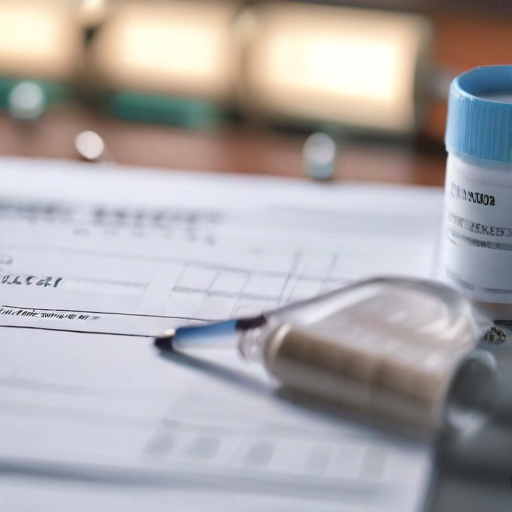A recent study published in the Annals of Internal Medicine highlights a notable shift in the prescription patterns of GLP-1 medications, indicating that more individuals without diabetes are being prescribed these drugs, while the number of prescriptions for those with diabetes has declined. This trend raises concerns regarding potential medication shortages.
GLP-1 medications, which mimic a hormone that regulates blood sugar and curbs appetite, were initially approved for type 2 diabetes management. However, the landscape changed in 2021 when the FDA authorized Wegovy for weight loss, leading to increased demand. Novo Nordisk and Eli Lilly, two leading manufacturers of these drugs, are struggling to keep up with the rising demand for GLP-1-based treatments, which include Zepbound, Mounjaro, and Ozempic.
A comprehensive analysis conducted by researchers from Cedars-Sinai Medical Center and other institutions examined medical records of 45 million Americans between 2011 and 2023. The results indicate that the percentage of new GLP-1 users with type 2 diabetes decreased from nearly 90% in 2019 to over 70% in 2023, while the proportion of new users without diabetes increased significantly from 10% to 25%. Yee Hui Yeo, co-first author of the study, noted that these findings suggest a shift in clinical practice, recognizing the effectiveness of GLP-1 medications for obesity management. Yet, this trend warrants caution as it may create access issues for diabetes patients who rely on these vital treatments.
Furthermore, the rapid rise in the popularity of GLP-1 drugs, known for their appetite-suppressing effects and potential for significant weight loss, has propelled Eli Lilly and Novo Nordisk to become some of the most valuable pharmaceutical companies globally. However, high demand continues to challenge patients in accessing their prescribed medications. Both companies are actively working to increase their production capabilities, having invested billions to meet the growing needs of the market.
Morgan Stanley analysts project that the global market for GLP-1 drugs could reach $105 billion by 2030, with an estimated 31.5 million people in the U.S. adopting these treatments by 2035—approximately 9% of the population.
In summary, while the expanding use of GLP-1 medications represents a significant advancement in obesity treatment, it is crucial to monitor the implications for diabetes patients to ensure they continue to receive the care they need. The outlook for GLP-1 drugs remains optimistic, with potential breakthroughs and increased accessibility in the coming years.
